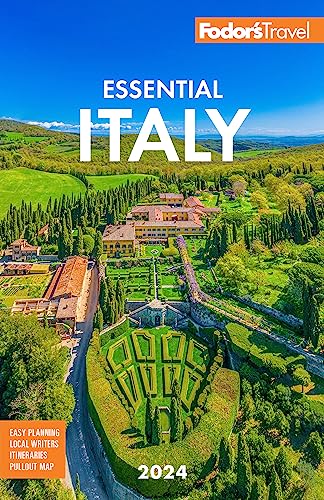Sardinia, Past and Present
A Phoenician stronghold in ancient times and later a Spanish dominion, Sardinia doesn't seem typically Italian in its color and flavor. It was a bit too far from imperial and papal Rome and from the palaces of the Savoy dynasty to have been transformed by the events that forged the national character of the mainland. Yet Giuseppe Garibaldi, the charismatic national hero who led his troops in fervid campaigns to unify Italy in the mid-19th century, chose to spend his last years in relative isolation on the small island of Caprera, just off the coast of Sardinia. Later political leaders such as Antonio Gramsci and Francesco Cossiga, and such radical parties as the still-strong Partito Sardo d'Azione, have advocated Sardinian independence. It is one of the few regions that retain semiautonomous political status.
Sardinians are courteous but remote, often favoring their esoteric regional dialect over Italian. In hamlets, women swathed in black shawls and long, full skirts look with suspicion upon strangers passing through. Like mainland Italians, the Sardinians are of varied origin. On the northwest coast, fine wrought ironwork around balconies underscores the Spanish influence. In the northeast, the inhabitants have Genoese or Pisan ancestry, and the headlands display the ruined fortresses of the ancient Pisan duchy of Malaspina and the Doria dynasty of Genoa. As you explore the southern coast, you come upon the features, customs, dialects, place-names, and holy buildings of the Moors, Phoenicians, Carthaginians, and mainland Italians. If there are any pure Sardinians—or Sards—left, perhaps they can be found in the mountains south of Nuoro, under the 6,000-foot crests of the Gennargentu Massif, in the rugged country still called, ironically, Barbagia, "Land of Strangers."




